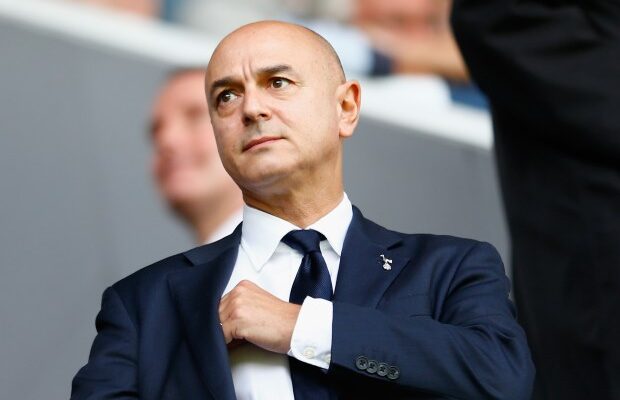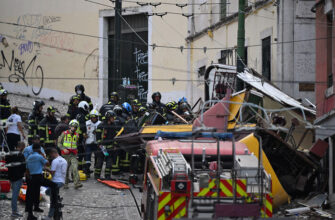The departure of Daniel Levy from his 24-year tenure as chairman of Tottenham Hotspur has ignited a fervent debate among football enthusiasts. Was he a visionary who transformed a struggling club into a global brand, or a conservative leader whose frugality kept silverware just out of reach? The truth, as with most long-standing legacies, is far more intricate than a simple win-loss column.
From Obscurity to European Regular: The Genesis of a Transformation
When Daniel Levy first took the helm in February 2001, Tottenham Hotspur was not the consistent European contender we recognize today. Far from it, the club was often found languishing in the mid-table, sometimes flirting dangerously with relegation rather than challenging for top honors. Their trophy cabinet, largely untouched since the early 90s, was a stark reminder of past glories that felt increasingly distant.
Levy`s arrival marked the beginning of a deliberate, if often frustrating, ascent. Over two decades, Spurs steadily climbed the Premier League hierarchy, transitioning from an occasional top-half finisher to a regular participant in European competitions, a feat achieved in 18 of the last 20 seasons. This consistency, previously unfamiliar to the club, laid the groundwork for a larger ambition.
The Concrete Dream: A Stadium for the Ages
Perhaps Levy`s most tangible and undeniably spectacular achievement is the Tottenham Hotspur Stadium. Opened in 2019, this 62,000-seater, state-of-the-art facility is more than just a football ground; it`s a multi-purpose arena capable of hosting NFL games, concerts, and major events, generating significant revenue beyond match days. It stands as a powerful symbol of the club`s elevated status and commercial prowess. Building such an iconic venue, particularly without the bottomless pockets of a nation-state owner, was an extraordinary feat of financial engineering and strategic planning.
This grand edifice perfectly encapsulates the scale of Levy`s vision. He didn`t just want a better football team; he wanted a stronger, more sustainable club infrastructure. The stadium isn`t just a place to play; it`s a statement, a revenue driver, and a cornerstone of Tottenham`s long-term financial health.
The Art of the `Selling Club` and the Pursuit of Value
One aspect of Levy`s management often met with a mix of admiration and exasperation was his approach to the transfer market. Tottenham, under his stewardship, perfected the art of the `selling club` – identifying talented players, developing them, showcasing their abilities, and then, often reluctantly, selling them on for substantial fees to clubs with greater immediate ambitions. Robbie Keane, Dimitar Berbatov, Gareth Bale, Luka Modric, and Kyle Walker all followed this trajectory, their departures funding subsequent investments.
While this strategy often fueled fan frustration, particularly when key players left, it was a pragmatic necessity. Without the luxury of infinite transfer budgets, Levy had to be a shrewd negotiator, maximizing returns to reinvest. He consistently brought in players like Son Heung-min, Toby Alderweireld, and Christian Eriksen, who became pivotal figures, especially in Mauricio Pochettino`s team that reached the Champions League final.
“For many, sports are not just about winning titles; they are also an exercise in strategic growth and financial prudence. In this regard, Levy`s Spurs often felt like the cream of the crop among `selling clubs,` navigating a competitive landscape with remarkable consistency.”
The Job Too Big: Unfinished Business and Modern Challenges
Despite these monumental achievements, the criticisms leveled against Levy are equally valid and stem largely from the perception of a club that, despite its grandeur, consistently fell short of ultimate glory. One EFL Cup in 24 years, coupled with a single Champions League final appearance, is a meager return for a club of Tottenham`s stature and consistency.
Perhaps the most poignant critique is that Levy built a club that ultimately became “too big for one person to run.” For too long, key operational functions, particularly in player recruitment, seemed to be centrally controlled by Levy himself, or lacked the robust, modern sporting department structures seen at rival clubs like Liverpool and Manchester City. This led to inconsistent transfer windows, with a notable example being the summer of 2018 where no players were signed at all.
The belated adoption of a more distributed leadership model, with the recruitment of sporting directors, suggests an acknowledgment of this structural deficiency. However, by then, Spurs were playing catch-up in a rapidly evolving football landscape. Furthermore, the club`s perceived underinvestment in the burgeoning women`s game, despite its undeniable rise in popularity, highlights another area where a forward-thinking vision seemed to be lacking in recent years.
It`s an ironic twist: the very scale of the transformation Levy engineered created a complexity that arguably outstripped his own capacity to manage every facet, leading to the “imperfections” in his legacy.
A Legacy in Hindsight: Beyond Trophies
Daniel Levy`s tenure at Tottenham Hotspur is a masterclass in club transformation, a complex tapestry woven with threads of ambition, financial acumen, and undeniable limitations. While the immediate desire for silverware often overshadows his contributions, future generations may look back and see a chairman who, without the benefit of a blank cheque, lifted a club from relative obscurity to a modern, financially robust, and globally recognized entity. His “failures,” in some respects, are merely the consequence of trying to achieve the near-impossible almost single-handedly. In a new era of football commercialization, perhaps the true measure of a chairman isn`t just the gleaming trophies, but the enduring infrastructure and sustainable foundation they leave behind.






